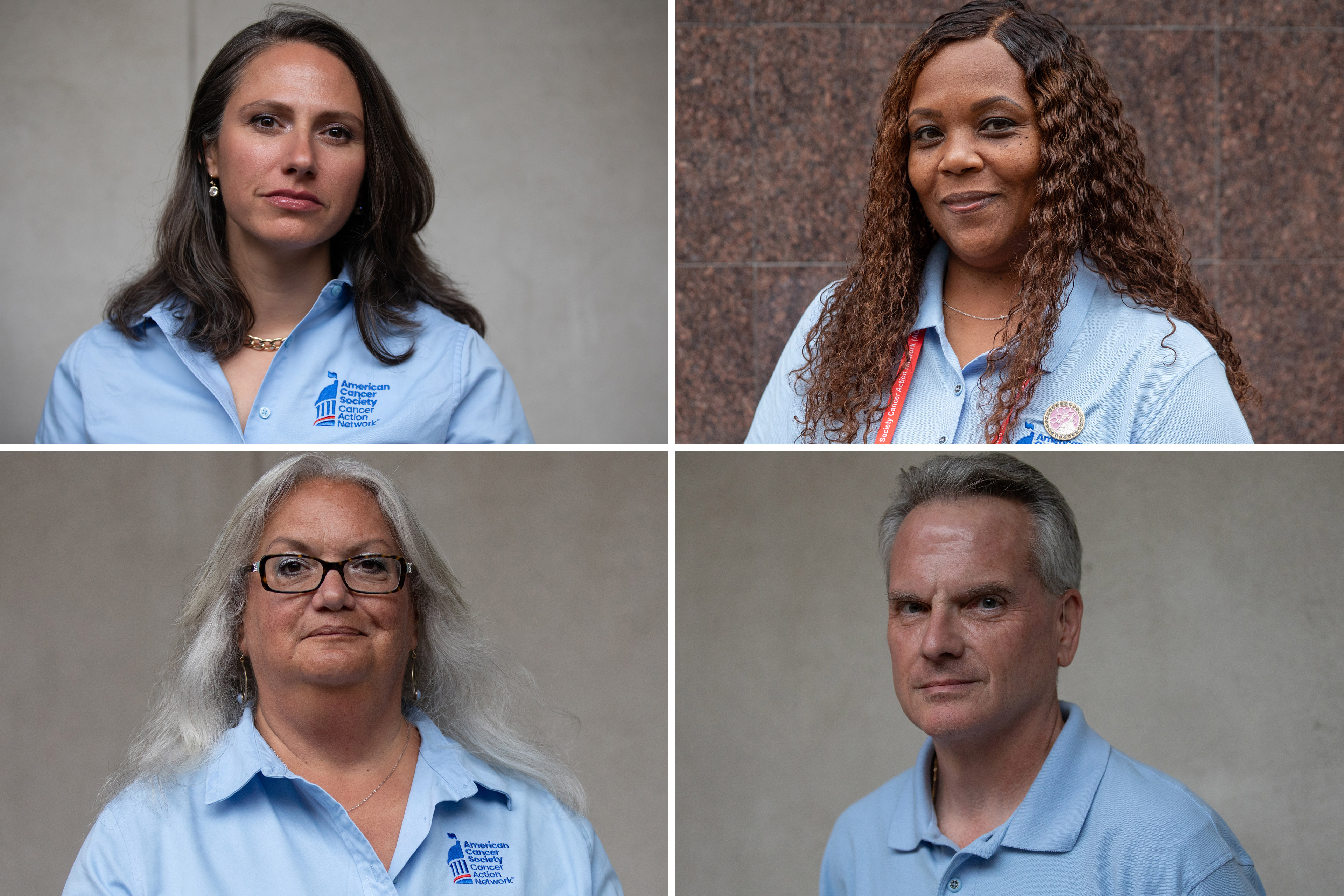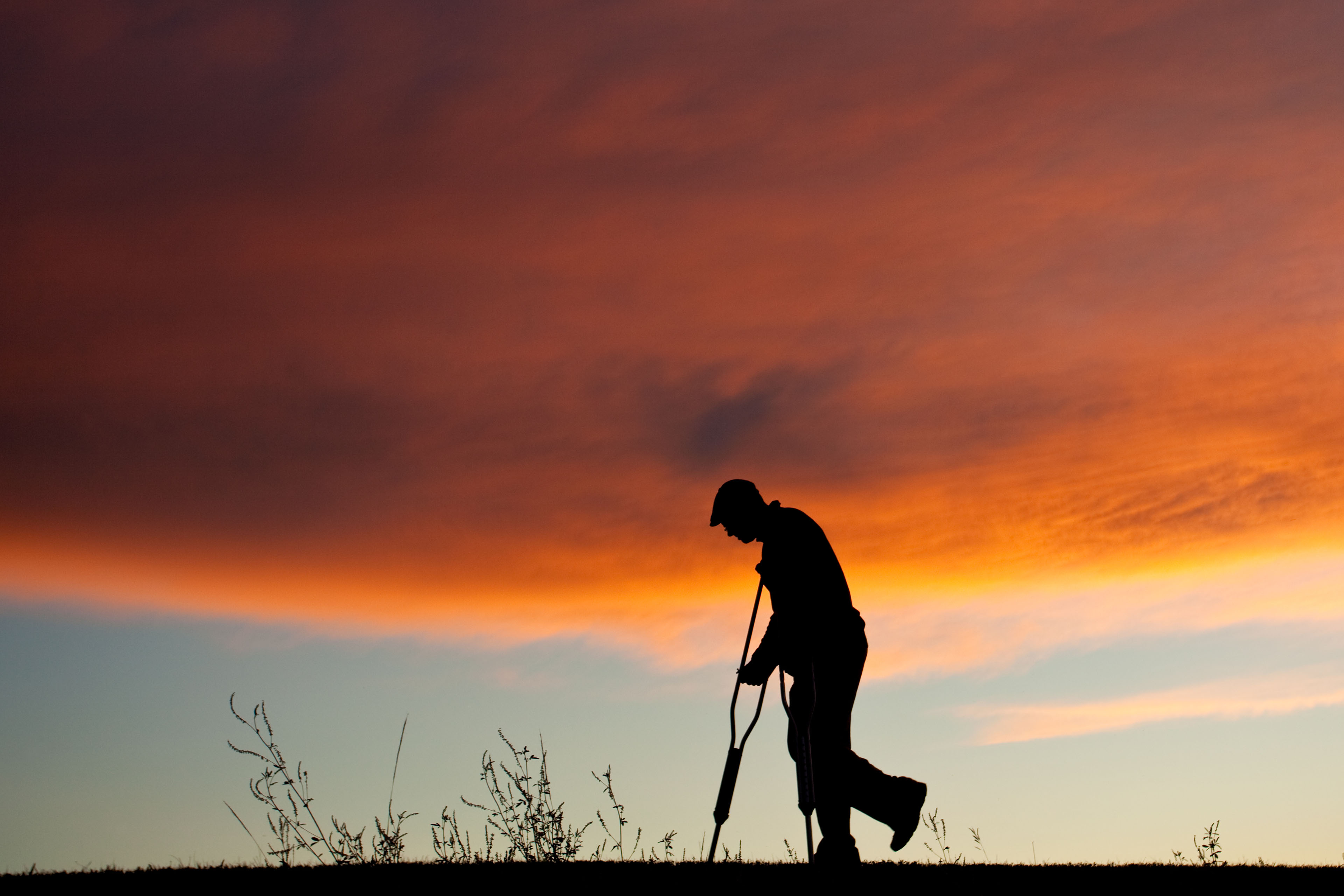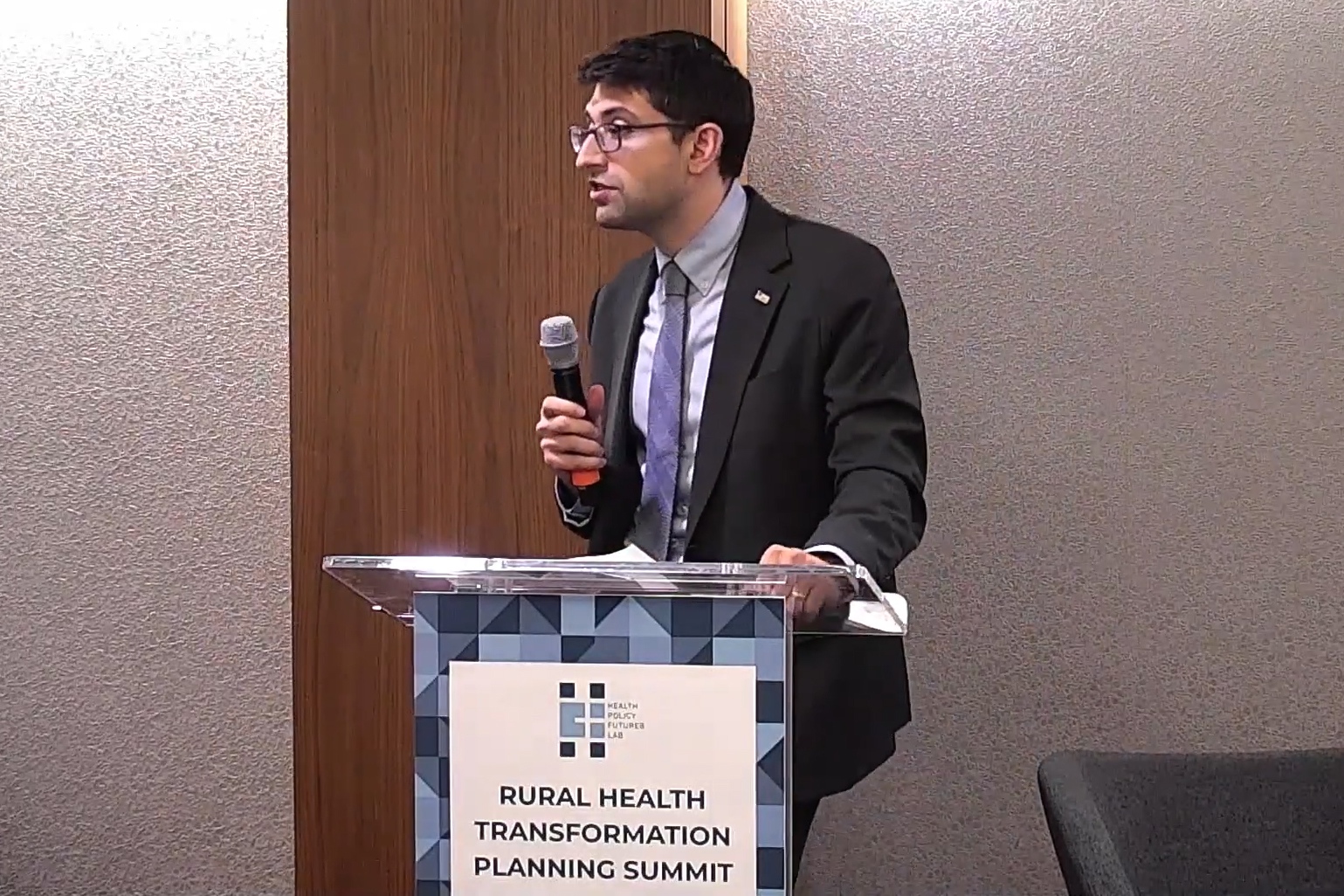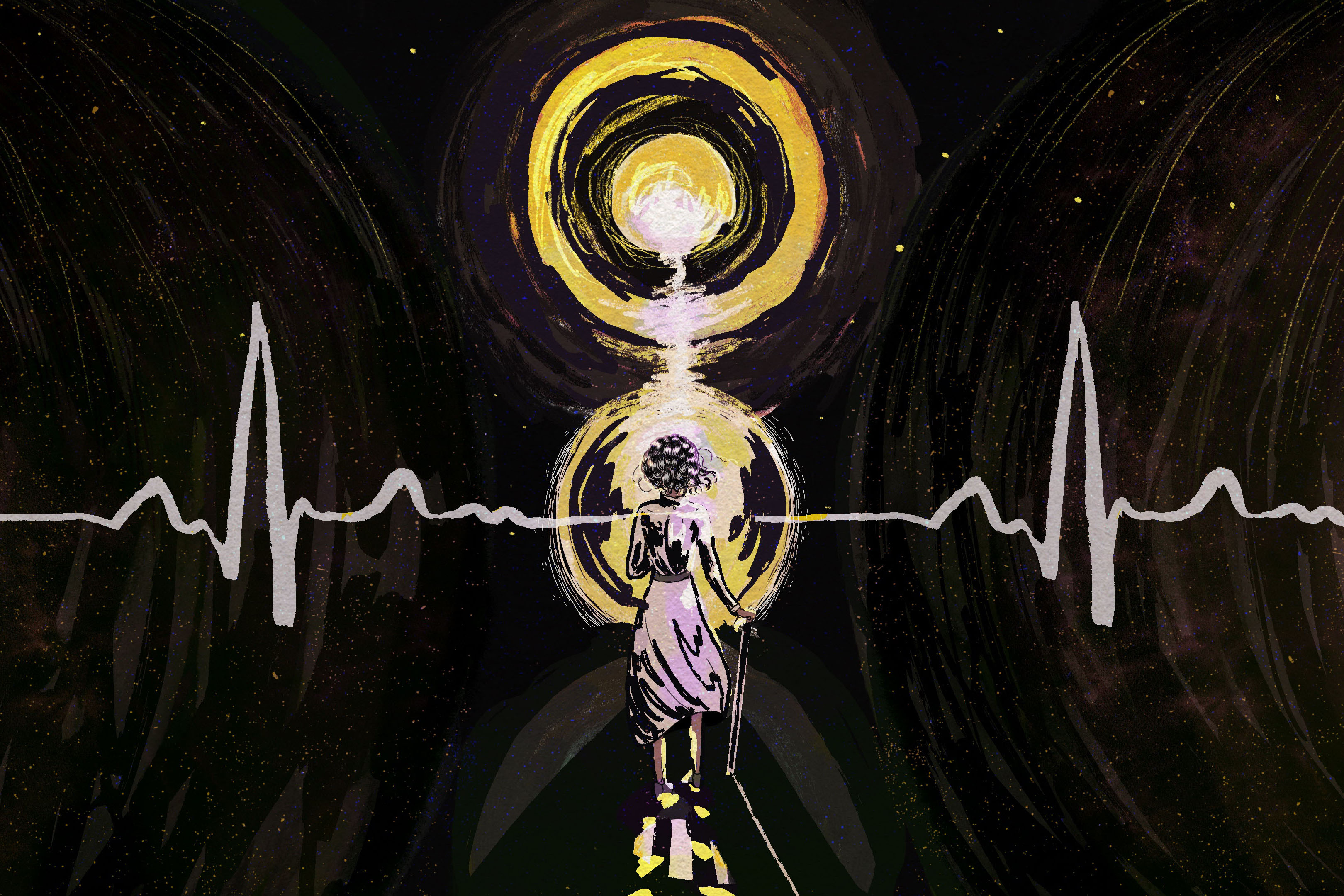Burnout can sneak up on even the most dedicated professionals, leaving them feeling overwhelmed and depleted. This article presents practical self-care strategies, backed by expert insights, to help you regain balance and vitality in your life. From embracing manual tasks to setting boundaries, these tips offer a roadmap to reconnect with yourself and manage pressure effectively.
- Embrace Manual Tasks for Mental Relief
- Create Space to Reconnect with Yourself
- Pause and Recharge During Busy Seasons
- Give Yourself Permission to Step Back
- Set Boundaries and Practice Self-Reflection
- Build a Relationship with Self-Care
Embrace Manual Tasks for Mental Relief
When burnout hits, I don’t reach for bubble baths, meditation apps, or long walks (though I respect all of those). What I’ve found to be more effective—and strangely underrated—is doing something intensely manual and completely unproductive. I’m talking about sanding down an old wooden chair, reorganizing every cable drawer in the house, or scrubbing grout with a toothbrush.
It sounds ridiculous. But when your brain is fried from making a thousand micro-decisions a day, what it craves isn’t rest—it’s simplicity. Repetition. Tangibility.
Burnout, in my experience, often comes from decision fatigue and emotional overextension, not just tiredness. So the cure isn’t always “take a break.” The cure is giving your brain something to do that’s concrete, physical, and doesn’t involve Slack notifications or strategy decks.
Another thing that helps: letting myself be bad at something on purpose. I’ll write a short story I know is bad. Or cook something I’ve never made, no recipe, just chaos. Being awful at something with no pressure to be good is, weirdly, one of the most freeing forms of self-care I’ve found.
So yeah—my approach to burnout isn’t soft and serene. It’s a little messy, a little physical, a little inefficient. But it gives me back a sense of agency without asking for more of my brain than it has to give.
 Derek Pankaew
Derek Pankaew
CEO & Founder, Listening.com
Create Space to Reconnect with Yourself
When I experience burnout, I don’t push through—I pause. The first thing I do is audit my calendar and cancel anything non-essential. I’ve learned that space is the most underrated form of self-care. Then I switch to low-stimulus activities: walking without headphones, journaling with pen and paper, or cooking something slowly from scratch. These help me reconnect with myself without trying to “optimize” the moment. One specific thing that really works for me is taking a 24-hour tech break—no Slack, no screens. It’s uncomfortable at first, but by the second hour, my brain finally stops spinning. I return clearer and more grounded. For me, self-care isn’t about spa days—it’s about subtracting noise until I can hear myself think again.
 Nikita Sherbina
Nikita Sherbina
Co-Founder & CEO, AIScreen
Pause and Recharge During Busy Seasons
When burnout starts creeping in, especially during the busy summer season here at Flippin’ Awesome Adventures, I’ve learned that the best thing I can do is hit pause—on everything. That means stepping inside, cranking up the AC, pouring a cold drink, and giving myself permission to rest. Even if the to-do list is still a mile long.
One of the first things I do is take a short break from social media. Constantly being “on” and feeling the pressure to post, respond, or stay relevant can quietly wear you down. Logging off, even for a day or two, helps me reset mentally and come back with fresh energy and better ideas.
Hydration sounds basic, but it’s huge. Out on the boat all day in the sun, it’s easy to get behind on water. When I’m off the clock, I keep a full bottle nearby and add in some electrolytes if I’ve been sweating a lot. You can’t run at full speed when your body’s running on empty.
The most effective self-care for me is finding quiet moments indoors. I’ll put on music, stretch out, maybe watch a documentary or flip through a marine life book just for fun—not for work. And I remind myself that rest is productive. Taking care of myself keeps me showing up fully for my crew, my guests, and the business.
Burnout doesn’t go away on its own. You’ve got to recognize the signs and give yourself permission to rest before you hit the wall. Trust me, the ocean will still be there tomorrow.
 Christopher Farley
Christopher Farley
Owner, Flippin’ Awesome Adventures
Give Yourself Permission to Step Back
Ah, burnout is such a real thing, isn’t it? I’ve found that when you’re in that situation, the first step is recognizing it and giving yourself permission to step back. It’s akin to saying, “Okay, let’s pause here,” because trying to push through burnout can seriously backfire. For me, prioritizing sleep has been a game-changer. It’s like pressing the reset button for your brain and body.
Then, there’s the matter of finding a couple of simple joys that are just for you. For me, it’s about gentle movement like yoga or just a walk outside. Something about being in nature resets my mood like nothing else. Connecting with a friend also helps immensely — a good chat can lift spirits tremendously! My takeaway would definitely be this: listen to what your body and mind are asking for and take even small steps toward that. It can make a big difference, and you deserve that breather!
 Alex Cornici
Alex Cornici
Marketing & PR Coordinator, Magic Hour AI
Set Boundaries and Practice Self-Reflection
I used to ignore burnout until something broke inside. Now I watch for early signs with more care. When tasks feel heavier than usual, I pause intentionally. I cut unnecessary meetings without apology or delay. Those boundaries took practice but changed everything long-term. Burnout loses power when we say no earlier.
My go-to self-care activity is journaling at night. I write until my thoughts feel lighter again. That practice shows me what I’m actually carrying. It’s free, quiet, and deeply clarifying every time. No hack replaces honest reflection on paper. That’s my anchor when everything feels too fast.
 Ivan Rodimushkin
Ivan Rodimushkin
Founder, CEO, XS Supply
Build a Relationship with Self-Care
After going through burnout myself, I learned that self-care isn’t something you add to your calendar. Rather, it’s something you build a relationship with. For a long time, I was doing all the ‘right’ things: working hard, achieving, showing up for everyone. But I wasn’t showing up for myself. I had lost touch with my own needs, emotions, and my real limits.
During that challenging time, I found support in KEYS to your relationships, a self-help tool designed to support emotional clarity and reconnecting with yourself. The tool combines meaningful questions, clear written direction, embodied exercises, explanatory videos, and intuitive illustrations that invite deeper self-reflection.
Using KEYS in daily life helped me learn how to listen to my body’s signals and to respond without negotiation. For example, if I feel even a slight tension in my head or heart, I immediately pay attention and act on that need. Whether it’s taking a moment to breathe, pause, or reflect. This “simple” awareness has become a vital part of my self-care routine.
The tool became a lifeline for me. Now I see it is helping others, especially leaders, reconnect with themselves during busy and high-pressure environments.
In my experience, the most powerful self-care starts when we stop looking outside ourselves for the answers—and create space to really listen within.
 Zuzana Shogun Valekova
Zuzana Shogun Valekova
Co-Owner, Mr. & Mrs. Shogun











